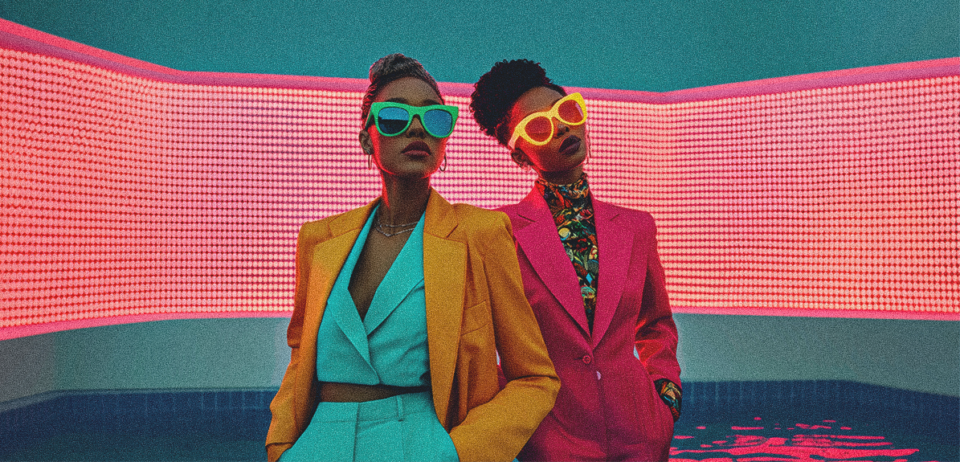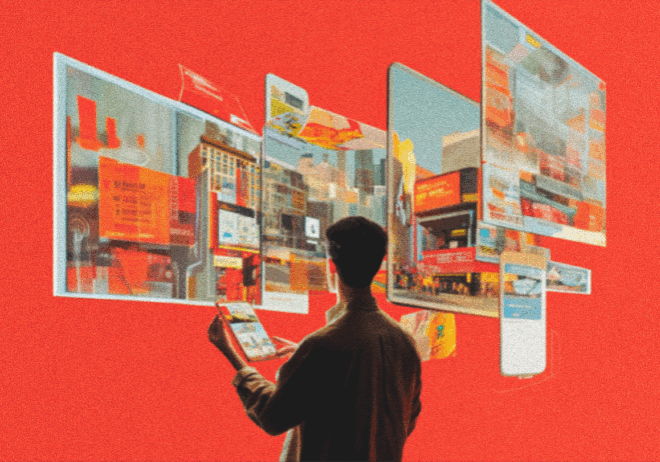
Lessons from Women’s Day Marketing Campaigns: Key Takeaways for Brands in 2025
Every Year, International Women’s Day comes and fills our social media feed with inspiring messages, brand pledges and strong commitments of support for gender equality. International Women’s Day has long served as a focus point for brands to showcase their support towards women empowerment and equality.
But let’s just be honest—consumers have already witnessed it all before. In 2025, brands who really stood apart from the crowd weren’t just posting pink-hued graphics or hash tagging their way into the conversation. They were taking real, tangible action.
Women’s day has evolved with time from a feel-good marketing moment into a litmus test for brands authenticity. However, it’s difficult for brands to stay in consumer good books—or genuinely crack the ground reality—the real challenge lies in proving their commitment through actions, not just words. Today, audiences demand more than performative gestures—they expect brands to show up in meaningful ways.
So, without much hassle, let’s check on which campaigns hit the mark this year. And what lessons can brands take forward to make an ever great and meaningful impact? These are the most important lessons learned from 2025 Women’s Day advertising initiatives. Let’s begin:
1. Authenticity over tokenism
Consumers can spot performative activism a mile away. Brands that post generic quotes or simply change their logo to pink hue without any meaningful effort are swiftly criticized by audiences. In 2025, Patagonia took a unique approach by spotlighting female-led environmental initiatives.
Rather than just running an ad campaign, they backed their message with tangible action—donating a percentage of profits to organizations supporting women in conservation. Their campaign wasn’t about self-promotion; it was about making a real difference.
The key takeaway? Brands must ensure their Women’s Day messaging aligns with their year-round actions. Consumers expect more than words; they want visible, long-term commitments to gender equity.
2. Inclusive storytelling wins
Consumers can tell when a brand is just checking a diversity box. Women’s Day isn’t about a single narrative—it’s about uplifting voices from different backgrounds, experiences, and identities. In 2025, Nike took a bold approach by breaking stereotypes in women’s sports.
Rather than using generic empowerment slogans, Nike spotlighted real stories of female athletes across cultures, abilities, and age groups. The campaign wasn’t about selling shoes—it was about celebrating resilience, breaking barriers, and showing what inclusivity truly looks like.
The key takeaway? Brands that embrace intersectionality in their messaging create a stronger, more authentic impact. A one-size-fits-all approach doesn’t work—true representation does.
3. Engage men in the conversation
Women’s empowerment isn’t just a women’s issue—it’s a collective responsibility. Brands that actively bring men into the conversation go beyond surface-level support. In 2025, Unilever set a strong example with its “HeForShe at Work” initiative.
Instead of just releasing a statement, Unilever launched workplace training programs and digital activations, encouraging male employees and consumers to step up as allies. Their campaign wasn’t about optics—it was about fostering real, long-term change in workplace culture.
The key takeaway? Women’s Day shouldn’t be a one-sided celebration. When brands engage men as part of the solution, they create more sustainable and meaningful change.
4. Purpose-driven products work
Slapping a Women’s Day label on a product isn’t enough—consumers expect brands to put their money where their mouth is. In 2025, Lush stood out by launching a limited-edition product line with a clear purpose.
Rather than just promoting a themed collection, Lush committed 100% of the proceeds to funding female entrepreneurs in developing countries. The campaign wasn’t about driving sales—it was about making a tangible difference in women’s economic empowerment.
The key takeaway? If brands want to tie products to Women’s Day, they must ensure those efforts contribute to real change. Purpose-driven marketing isn’t just a trend—it’s what consumers expect.
5. Social media is powerful when used right
Women’s Day trends heavily online, but brands that rely solely on hashtags without substance risk getting ignored. Dove took a different approach in 2025, using social media as a platform for real dialogue.
Instead of posting a feel-good message, Dove hosted live discussions on TikTok and Instagram about body image, self-worth, and aging—creating an open space for real, unfiltered conversations. The campaign wasn’t about gaining followers—it was about fostering a movement.
The key takeaway? Social media should be a tool for engagement, not just visibility. Brands that create interactive and meaningful experiences will leave a lasting impression.
6. Brands need to walk the talk
The strongest Women’s Day campaigns aren’t just external marketing efforts—they reflect internal commitments as well. Salesforce set a high standard in 2025 by using Women’s Day to push for greater workplace equity.
Rather than just making a statement, Salesforce published a transparent pay equity report, holding themselves accountable for real progress. Their campaign wasn’t about good PR—it was about showing tangible steps toward gender equality.
The key takeaway? Before launching a Women’s Day campaign, brands must ensure their own house is in order. Consumers will hold companies accountable for the promises they make—and empty gestures won’t go unnoticed.
Cut to the chase
Women’s Day shouldn’t be treated as just another marketing moment or a date in the calendar. Instead, it should act as an opportunity for brands to support women empowerment and gender equality. And the formula is straightforward: bands that prioritize authenticity over false promotions will be ones that truly make an impact.

